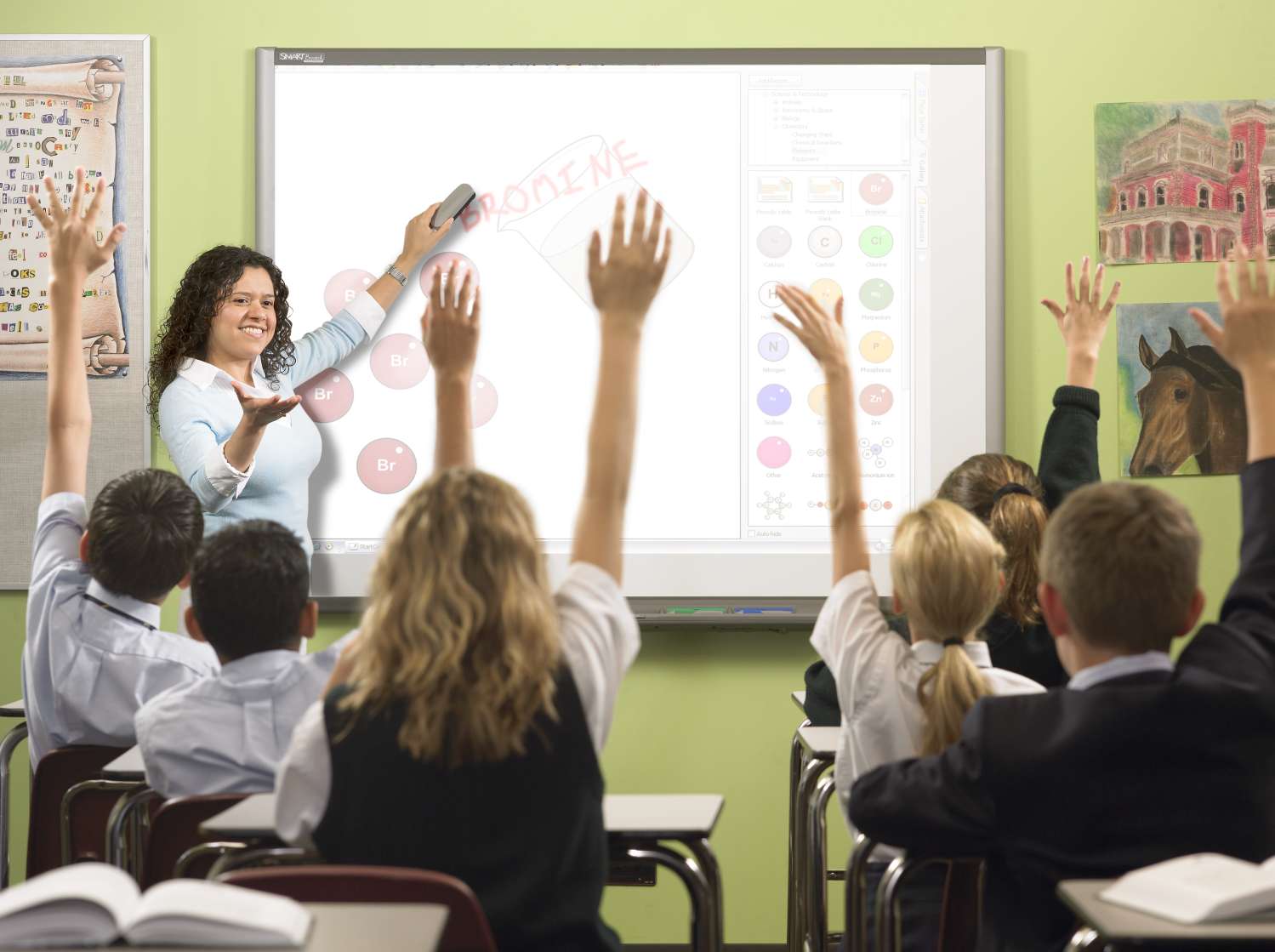Digital Citizenship is an important behavior to be taught at every level of schooling. Generally, it refers to behaviors that are acceptable and correct among the internet community (Ribble). It is "a concept which helps teachers, technology leaders and parents to understand what students/children/technology users should know to use technology appropriately" (Ribble).
The Nine Elements of digital citizenship is a good source to gain knowledge on what exactly digital citizenship is and why it is important to promote and teach (Ribble).
 Among high school students, digital citizenship is a matter of knowing what to keep private. The most common issues among America's adolescents deal predominantly with the internet. Cyber-bullying and inappropriate pictures shared via the internet, social networks, and cell phones is a norm in today's high schools. 70% of teenagers report seeing someone be cyber-bullied online and 90% say they have seen it, and ignored it (Do Something.Org). This is the exact reason we must work towards educating our youth against these problems.
Among high school students, digital citizenship is a matter of knowing what to keep private. The most common issues among America's adolescents deal predominantly with the internet. Cyber-bullying and inappropriate pictures shared via the internet, social networks, and cell phones is a norm in today's high schools. 70% of teenagers report seeing someone be cyber-bullied online and 90% say they have seen it, and ignored it (Do Something.Org). This is the exact reason we must work towards educating our youth against these problems.Another recurring issue in the high school community is posting, texting, sharing etc. inappropriate pictures. Common Sense Media graphically depicts how adolescents should choose what is or isn't acceptable to post:
Some teens have very poor decision making skills. Equipping them with simple go-to tools such as this picture make it easier for them to make the right decision, even amongst peer pressure.
With the growing technologies, there are many resources to help prepare teachers to educate their students on digital citizenship. The Nine Elements by Mike Ribble is one such resource. Common Sense Media also has an entire section of their webpage dedicated to curriculum and activities for teaching different age groups the ins and out of being a good digital citizen. Live Binders creates a data base of different school districts and their lesson plans for each age group. Teachers can bounce ideas off of each other using this tool.
There are many other things a teacher can do inside the classroom to help students become successful technological citizens. Tactics include:
1. Require source citing or creating a bibliography so that students know what is and isn't plagiarism.
2. Promote using social network cites in a mature fashion. Educate students on the dangers of releasing too much information. Cites such as twitter can be very helpful in review activities or in notifying students of homework or tests.
3. Make students aware that cyber bullying is a threat. Teach them to stand up for those who are being bullied.
4. Use new forms of technologies in daily lessons within the classroom. Take advantage of the teaching tools that exist; a white board is always available.
Although all new and upcoming technology is exciting for today's youth, we must ensure that they are educated to properly use what is available. The proper use of digital commodities will allow for even more technological advancements in the future.
Works Cited








